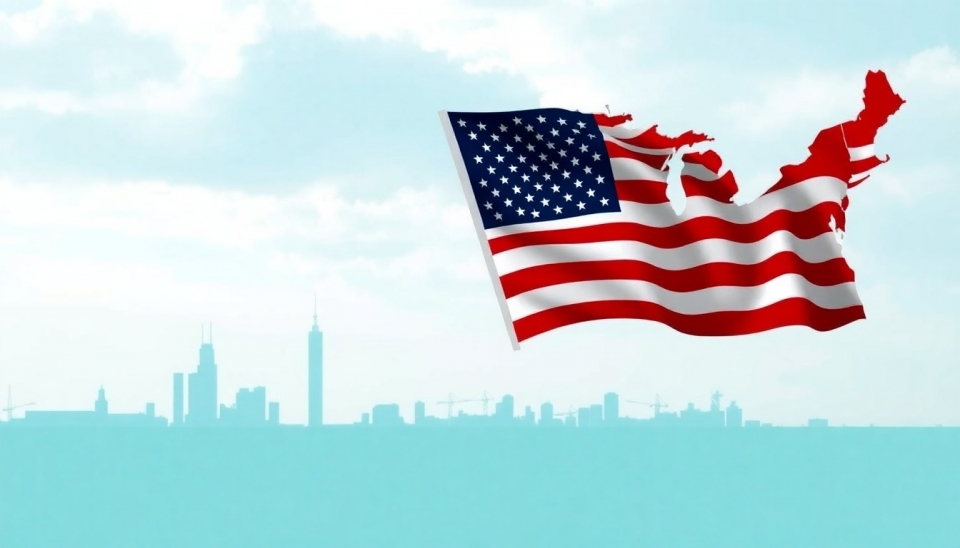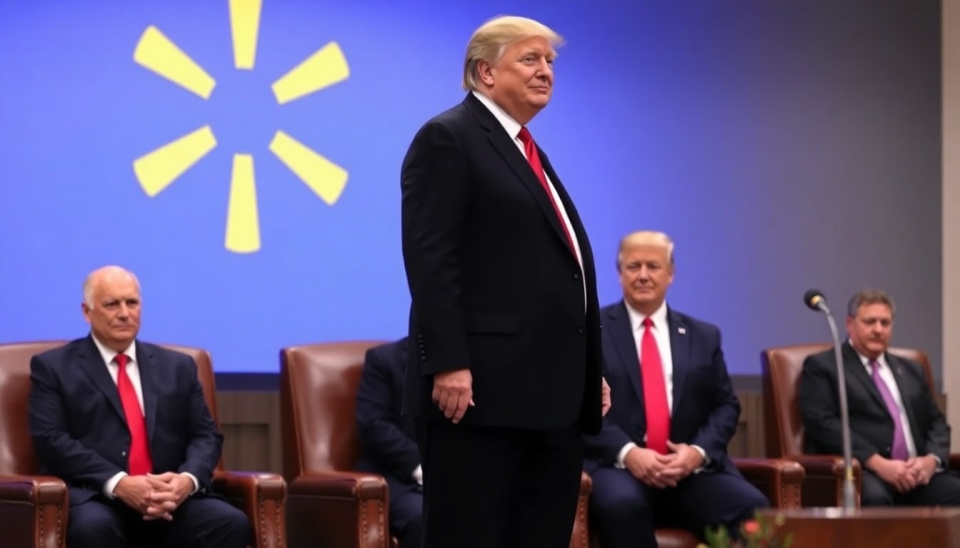Collecting Liberation Day Tariffs: How the U.S. is Already Earning Millions

The U.S. Customs and Border Protection (CBP) continues to collect significant amounts in new tariffs introduced in connection with the celebration of Liberation Day. This date, now an important event in the country's economic calendar, is already generating additional revenues exceeding $200 million per day. The government is confident that this measure not only strengthens the country's economic condition but also helps to finance various measures aimed at supporting the internal economy.
Liberation Day, celebrated in the U.S., has become not only a symbol of freedom but also a source of additional financial contributions through customs duties on goods imported into the country. Officials note that such tariffs are a temporary measure aimed at protecting domestic producers from foreign competition. Meanwhile, a growing number of economists and experts point to mixed results of such policies, closely monitoring the consequences for consumers and businesses.
Despite this, the import tariffs on goods have already led to substantial increases in budget revenues. It is anticipated that as a result of this innovation, the state budget could gain billions of dollars in the next financial year. This unexpected increase in tax revenues has sparked both positive and negative feedback among different segments of the population. Some respondents express concerns that rising tariffs may lead to increased prices for consumer goods and, consequently, reduce the purchasing power of Americans.
The U.S. government emphasizes that all collected funds will be used to address socially significant tasks, including infrastructure development and support for social programs. However, there is an opinion that such a policy may not last long and will require a review in the future if its economic consequences become negative.
Economists recommend closely monitoring economic dynamics and market prices, as the impact of these tariffs may be deeper than it seems at first glance. This suggests that Liberation Day is becoming not only a symbol of historical significance but also an economic indicator for the country.
Thus, the U.S. continues to develop its economic policy, relying on new sources of income and depending on the functions performed by tariffs. At the same time, it is essential to understand the potential risks and consequences of these actions for the internal market.
#tariffs #LiberationDay #economy #USA #customs #duties #finance




